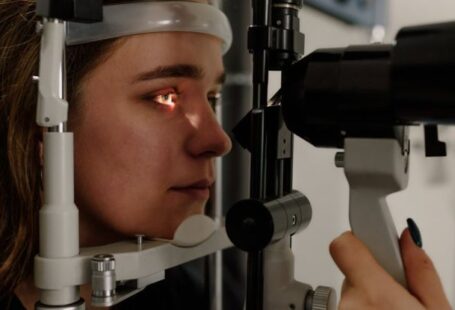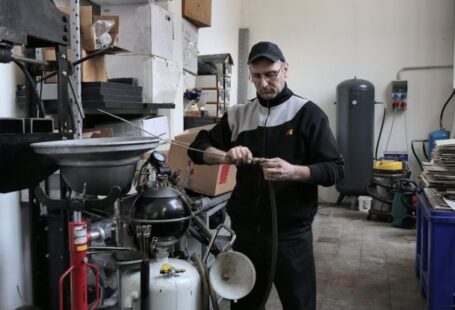In the fast-evolving landscape of manufacturing, the increasing demand for skilled workers has created a pressing challenge for the industry. The skills gap, a disparity between the skills employers need and the skills workers possess, has been a longstanding issue. However, with the rise of collaborative robots, also known as cobots, there is a growing consensus that these advanced machines may hold the key to bridging this gap. Can collaborative robots be the solution to the skills shortage in manufacturing?
The Rise of Collaborative Robots in Manufacturing
Collaborative robots are designed to work alongside human workers, assisting them in various tasks within manufacturing facilities. Unlike traditional industrial robots that are often caged off for safety reasons, cobots are equipped with advanced sensors and programming that allow them to work in close proximity to humans safely. This collaborative nature of cobots opens up a range of possibilities for enhancing productivity and efficiency on the factory floor.
Enhancing Productivity and Efficiency
One of the key advantages of collaborative robots is their ability to perform repetitive and physically strenuous tasks with precision and consistency. By taking over these tasks, cobots free up human workers to focus on more complex and value-added activities that require problem-solving skills and creativity. This not only boosts overall productivity but also allows companies to make better use of their workforce by leveraging the unique strengths of both humans and robots.
Training and Upskilling Opportunities
Another way in which collaborative robots can help bridge the skills gap in manufacturing is by offering training and upskilling opportunities to workers. As cobots become more prevalent in industrial settings, workers have the chance to learn how to operate and interact with these machines effectively. This hands-on experience with advanced technology can help workers develop new skills and stay relevant in an increasingly automated world.
Addressing the Aging Workforce Issue
The manufacturing industry is also facing the challenge of an aging workforce, with many skilled workers approaching retirement age. Collaborative robots can help mitigate this issue by taking over physically demanding tasks that may be challenging for older workers. By integrating cobots into the workforce, companies can retain valuable knowledge and expertise while ensuring that production continues smoothly even as experienced workers retire.
Flexibility and Adaptability
Collaborative robots offer a high degree of flexibility and adaptability, making them well-suited for the dynamic nature of modern manufacturing environments. Unlike traditional robots that are often fixed in place and require extensive reprogramming for new tasks, cobots can be easily reconfigured and redeployed to perform different functions as needed. This agility allows manufacturers to respond quickly to changing market demands and production requirements.
Improving Quality and Safety
In addition to enhancing productivity and efficiency, collaborative robots can also improve the quality and safety of manufacturing processes. With their precise movements and advanced sensors, cobots can help reduce errors and defects in production, leading to higher-quality products. Furthermore, by handling hazardous or strenuous tasks, these robots contribute to a safer working environment for human workers, minimizing the risk of injuries and accidents.
The Future of Manufacturing with Collaborative Robots
As the manufacturing industry continues to evolve, collaborative robots are poised to play a crucial role in addressing the skills gap and driving innovation. By combining the strengths of human workers with the capabilities of advanced robotics, companies can unlock new opportunities for growth and competitiveness. With proper training and integration strategies, collaborative robots have the potential to revolutionize the way we think about manufacturing and pave the way for a more efficient and sustainable future.
In conclusion, collaborative robots have the potential to bridge the skills gap in manufacturing by enhancing productivity, offering training opportunities, addressing the aging workforce issue, providing flexibility, improving quality and safety, and shaping the future of the industry. As companies embrace the transformative power of cobots, they can position themselves for success in a rapidly changing market landscape. By leveraging the unique capabilities of collaborative robots, manufacturers can not only overcome the challenges posed by the skills gap but also drive innovation and growth in the years to come.





